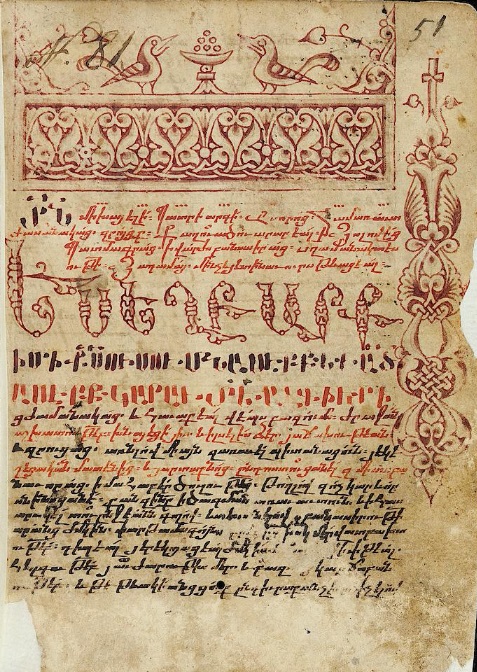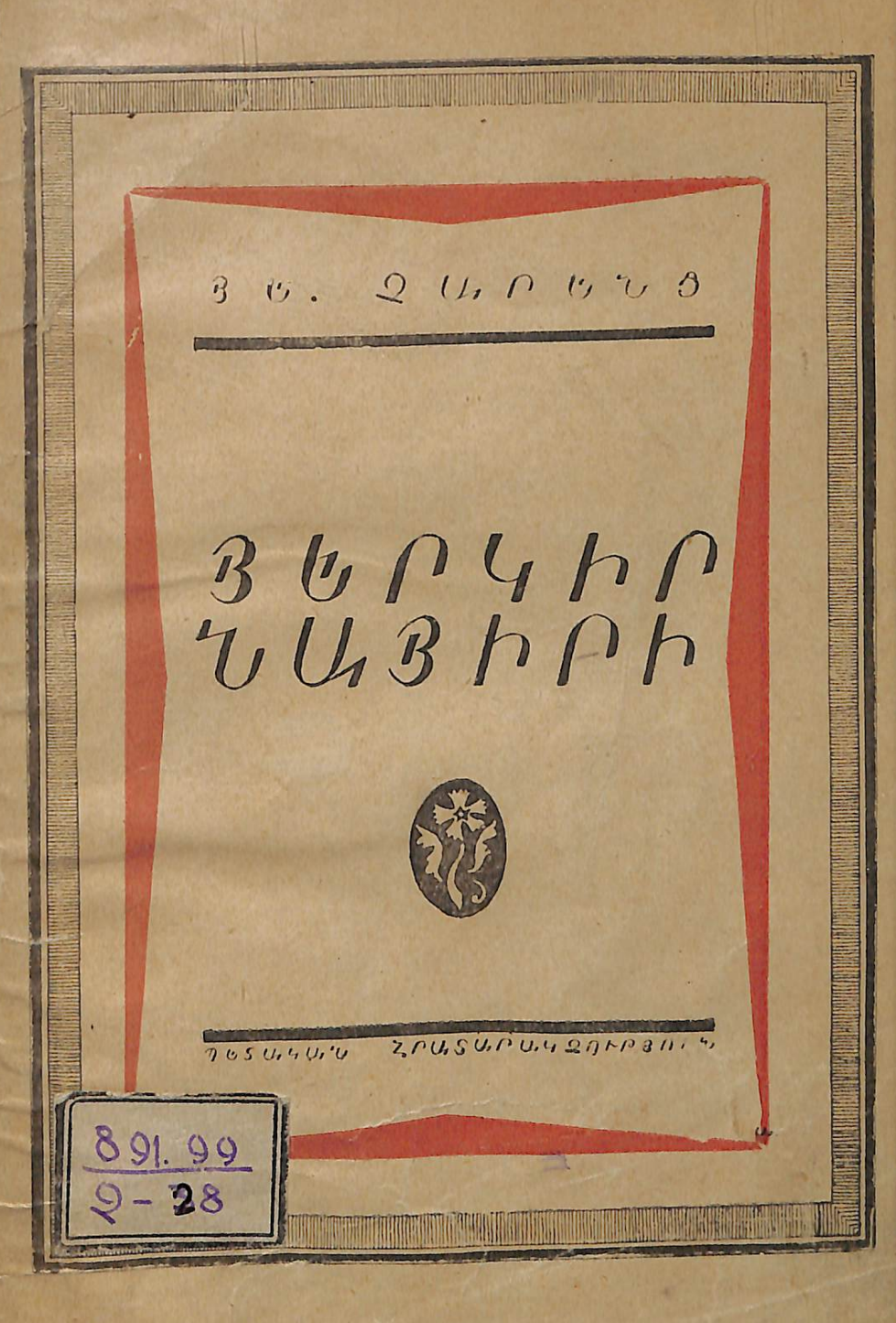|
Anıtlı, Midyat
Anıtlı ( ar, حاح; ) is a village in the Midyat District of Mardin Province in Turkey. It is located in the historical region of Tur Abdin. In the village, there are churches of Mor Sobo and of Yoldath Aloho. History Ḥāḥ (today called Anıtlı) is identified as the settlement of Khabkhi. The Assyrian king Ashurnasirpal II extracted tribute of cattle, sheep, wine, cooking-pots, tubs, and bronze armour from the land of Khabkhi during his campaign against Nairi in 879 BC. Zazabukha was located in the territory of Khabkhi. The Syriac Orthodox patriarch and historian Michael the Syrian named Iyawannis Musa, bishop of Ḥāḥ, as a former student of the Mor Hananyo Monastery in his ''Chronicle''. Sarjis Qar'uni was metropolitan bishop of Ḥāḥ from 1484 to his death in 1508. The mayor of Ḥāḥ was assassinated by Islamic extremists on 29 November 1993. Demography The village had a population of 148 in 2021. It is populated by Assyrians who belong to the Syriac ... [...More Info...] [...Related Items...] OR: [Wikipedia] [Google] [Baidu] |
Midyat District
Midyat District is a district of the Mardin Province of Turkey. The seat of the district is the town of Midyat and the population was 118,625 in 2021. Status With the administrative reform in 2012, Midyat District contains seventy-two neighborhoods of which twelve form the town of Midyat. Settlements Center neighborhoods # Akçakaya # Bağlar # Bahçelievler # Cumhuriyet # Gölcük # Işıklar # Ortaçarşı # Sanayi # Seyitler # Ulucamii # Yenimahalle # Yunus Emre Rural neighborhoods # Acırlı () # Adaklı () # Altıntaş (, ) # Anıtlı () # Bağlarbaşı () # Bardakçı () # Barıştepe () # Başyurt () # Bethkustan # Budaklı () # Çaldere () # Çalpınar () # Çamyurt () # Çandarlı () # Çavuşlu () # Çayırlı () # Danışman () # Doğançay (, ) # Doğanyazı () # Dolunay () # Düzgeçit (''Zernoka)'' # Düzoba () # Eğlence (''Zinol'') # Elbeğendi () # Erişti (''Tafo)'' # Gelinkaya () # Gülgoze () # Gülveren () # Güngören ... [...More Info...] [...Related Items...] OR: [Wikipedia] [Google] [Baidu] |
Michael The Syrian
Michael the Syrian ( ar, ميخائيل السرياني, Mīkhaʾēl el Sūryani:),( syc, ܡܺܝܟ݂ܳܐܝܶܠ ܣܽܘܪܝܳܝܳܐ, Mīkhoʾēl Sūryoyo), died 1199 AD, also known as Michael the Great ( syr, ܡܺܝܟ݂ܳܐܝܶܠ ܪܰܒ݁ܳܐ, Mīkhoʾēl Rabo) or Michael Syrus or Michael the Elder, to distinguish him from his nephew, was a patriarch of the Syriac Orthodox Church from 1166 to 1199. He is best known today as the author of the largest medieval ''Chronicle'', which he wrote in the Syriac language. Some other works and fragments written by him have also survived. Life The life of Michael is recorded by Bar Hebraeus. He was born ca. 1126 in Melitene (today Malatya), the son of the Priest Eliya (Elias), of the Qindasi family. His uncle, the monk Athanasius, became bishop of Anazarbus in Cilicia in 1136. At that period Melitene was part of the kingdom of the Turkoman Danishmend dynasty, and, when that realm was divided in two in 1142, it became the capital of one p ... [...More Info...] [...Related Items...] OR: [Wikipedia] [Google] [Baidu] |
Villages In Midyat District
A village is a clustered human settlement or community, larger than a hamlet but smaller than a town (although the word is often used to describe both hamlets and smaller towns), with a population typically ranging from a few hundred to a few thousand. Though villages are often located in rural areas, the term urban village is also applied to certain urban neighborhoods. Villages are normally permanent, with fixed dwellings; however, transient villages can occur. Further, the dwellings of a village are fairly close to one another, not scattered broadly over the landscape, as a dispersed settlement. In the past, villages were a usual form of community for societies that practice subsistence agriculture, and also for some non-agricultural societies. In Great Britain, a hamlet earned the right to be called a village when it built a church. [...More Info...] [...Related Items...] OR: [Wikipedia] [Google] [Baidu] |
France
France (), officially the French Republic ( ), is a country primarily located in Western Europe. It also comprises of Overseas France, overseas regions and territories in the Americas and the Atlantic Ocean, Atlantic, Pacific Ocean, Pacific and Indian Oceans. Its Metropolitan France, metropolitan area extends from the Rhine to the Atlantic Ocean and from the Mediterranean Sea to the English Channel and the North Sea; overseas territories include French Guiana in South America, Saint Pierre and Miquelon in the North Atlantic, the French West Indies, and many islands in Oceania and the Indian Ocean. Due to its several coastal territories, France has the largest exclusive economic zone in the world. France borders Belgium, Luxembourg, Germany, Switzerland, Monaco, Italy, Andorra, and Spain in continental Europe, as well as the Kingdom of the Netherlands, Netherlands, Suriname, and Brazil in the Americas via its overseas territories in French Guiana and Saint Martin (island), ... [...More Info...] [...Related Items...] OR: [Wikipedia] [Google] [Baidu] |
Germany
Germany,, officially the Federal Republic of Germany, is a country in Central Europe. It is the second most populous country in Europe after Russia, and the most populous member state of the European Union. Germany is situated between the Baltic and North seas to the north, and the Alps to the south; it covers an area of , with a population of almost 84 million within its 16 constituent states. Germany borders Denmark to the north, Poland and the Czech Republic to the east, Austria and Switzerland to the south, and France, Luxembourg, Belgium, and the Netherlands to the west. The nation's capital and most populous city is Berlin and its financial centre is Frankfurt; the largest urban area is the Ruhr. Various Germanic tribes have inhabited the northern parts of modern Germany since classical antiquity. A region named Germania was documented before AD 100. In 962, the Kingdom of Germany formed the bulk of the Holy Roman Empire. During the 16th ce ... [...More Info...] [...Related Items...] OR: [Wikipedia] [Google] [Baidu] |
Turoyo Language
Turoyo ( syr, ܛܘܪܝܐ) (''Ṭūr ‘Abdinian Aramaic''), also referred to as modern Surayt ( syr, ܣܘܪܝܬ), or modern Suryoyo ( syr, ܣܘܪܝܝܐ), is a Central Neo-Aramaic language traditionally spoken in the Tur Abdin region in southeastern Turkey and in northern Syria. Turoyo speakers are mostly adherents of the Syriac Orthodox Church, but there are also some Turoyo-speaking adherents of the Assyrian Church of the East and the Chaldean Catholic Church, especially from the towns of Midyat and Qamishli. The language is also spoken throughout diaspora, among modern Syriacs. It is classified as a vulnerable language. Most speakers use the Classical Syriac language for literature and worship. Turoyo is not mutually intelligible with Western Neo-Aramaic, having been separated for over a thousand years; its closest relatives are Mlaḥsô and western varieties of Northeastern Neo-Aramaic like Suret. Etymology Term comes from the word ', meaning 'mountain', thus designat ... [...More Info...] [...Related Items...] OR: [Wikipedia] [Google] [Baidu] |
Syriac Orthodox Church
, native_name_lang = syc , image = St_George_Syriac_orthodox_church_in_Damascus.jpg , imagewidth = 250 , alt = Cathedral of Saint George , caption = Cathedral of Saint George, Damascus, Syria , type = Church of Antioch, Antiochian , main_classification = Eastern Christianity, Eastern Christian , orientation = Oriental Orthodoxy, Oriental Orthodox , scripture = Peshitta , theology = Miaphysitism , polity = Episcopal polity, Episcopal , structure = Koinonia, Communion , leader_title = Patriarch , leader_name = Ignatius Aphrem II Syriac Orthodox Patriarch of Antioch and All the East, Patriarch , fellowships_type = Catholicos of India, Catholicate of India , fellowships = Malankara Syriac Orthodox Church , associations = World Council of Churches , area = Middle East, India, and Assyrian–Chaldean� ... [...More Info...] [...Related Items...] OR: [Wikipedia] [Google] [Baidu] |
Mor Hananyo Monastery
Mor Hananyo Monastery ( tr, Deyrüzzaferân Manastırı, syr, ܕܝܪܐ ܕܡܪܝ ܚܢܢܝܐ; ''Monastery of Saint Ananias'') is an important Syriac Orthodox monastery located three kilometers south east of Mardin, Turkey, in the Syriac cultural region known as Tur Abdin. It is usually better known by its nickname, the "Saffron Monastery" ( syr, ܕܝܪܐ ܕܟܘܪܟܡܐ, ''''; ar, دير الزعفران, ') which is derived from the warm color of its stone. Syriac Orthodox culture was centered in two monasteries near Mardin (west of Tur Abdin), Mor Gabriel and Deyrulzafaran. History The Mor Hananyo Monastery is located on the site of a temple dedicated to the Mesopotamian sun god Shamash, which was then converted into a citadel by the Romans. After the Romans withdrew from the fortress, Mor Shlemon transformed it into a monastery in 493 AD. In 793 the monastery was renovated after a period of decline by the Bishop of Mardin and Kfartuta, Mor Hananyo, who gave the monastery its ... [...More Info...] [...Related Items...] OR: [Wikipedia] [Google] [Baidu] |
İzbırak, Midyat
İzbırak ( ar, زاز, Zaz; syr, ܙܰܐܙ, Zāz) is a neighbourhood in Mardin Province in southeastern Turkey. It is part of the municipality Midyat. It is located in the Midyat District and the historical region of Tur Abdin. In the village, there are churches of Mor Dimet and Mort Shmuni. There is also the ruins of the church of Mor Gabriel. The village is populated by Assyrians and by Kurds of the Elîkan tribe had a population of 32 in 2021. History Zaz is identified as the settlement of Zazabukha, where the Assyrian king Ashurnasirpal II made camp whilst on campaign against Nairi and received tribute from Khabkhi in 879 BC. Arches on the north side of the church of Mor Dimet suggest pre-Christian buildings originally stood on the site. The church of Mor Dimet was constructed by 932, from which year a funerary inscription survives. A copy of the Syriac diptychs ( syr, Sphar Ḥaye, "Book of Life") written in the village in the early 16th century was found in 1909, but ... [...More Info...] [...Related Items...] OR: [Wikipedia] [Google] [Baidu] |
Mardin Province
Mardin Province ( tr, Mardin ili; ku, Parêzgeha Mêrdînê; ar, محافظة ماردين) is a province of Turkey with a population of 809,719 in 2017, slightly down from the population of 835,173 in 2000. Kurds form the majority of the population, followed closely by Arabs who represent 40% of the province's population.Ayse Guc Isik, 201The Intercultural Engagement in Mardin Australian Catholic University. pp. 46–48. Demographics Mardin Province is considered part of Turkish Kurdistan and is populated by Kurds and Arabs who adhere to Shafi'i Islam. There is also a small Assyrian Christian population left. A recent study from 2013 has shown that 40% of Mardin Province's population identify as Arabs, and this proportion increases to 49% in the cities of Mardin and Midyat, where Arabs form the plurality. A 1996 study estimated that the population of Mardin Province as a whole was about 75% Kurdish in 1990. Social relations Social relations between Arabs and Kurds have hi ... [...More Info...] [...Related Items...] OR: [Wikipedia] [Google] [Baidu] |
Nairi
Nairi (Traditional Armenian Orthography, classical hy, Նայիրի, ''Nayiri'', Reformed Armenian Orthography, reformed: Նաիրի, ''Nairi''; , also ''Na-'i-ru'') was the Akkadian language, Akkadian name for a region inhabited by a particular group (possibly a confederation or league) of tribal principalities in the Armenian Highlands, approximately spanning the area between modern Diyarbakır, Diyabakır and Lake Van and the region west of Lake Urmia. Nairi has sometimes been equated with Nihriya, known from Mesopotamian, Hittite, and Urartian sources. However, its co-occurrence with Nihriya within a single text may argue against this. Prior to the Late Bronze Age collapse, Bronze Age collapse, the Nairi tribes were considered a force strong enough to contend with both Assyria and Hittite New Kingdom, Hatti. If Nairi and Nihriya are to be identified, then the region was the site of the Battle of Nihriya (c. 1230 BCE), the culminating point of the hostilities between Hittites ... [...More Info...] [...Related Items...] OR: [Wikipedia] [Google] [Baidu] |





